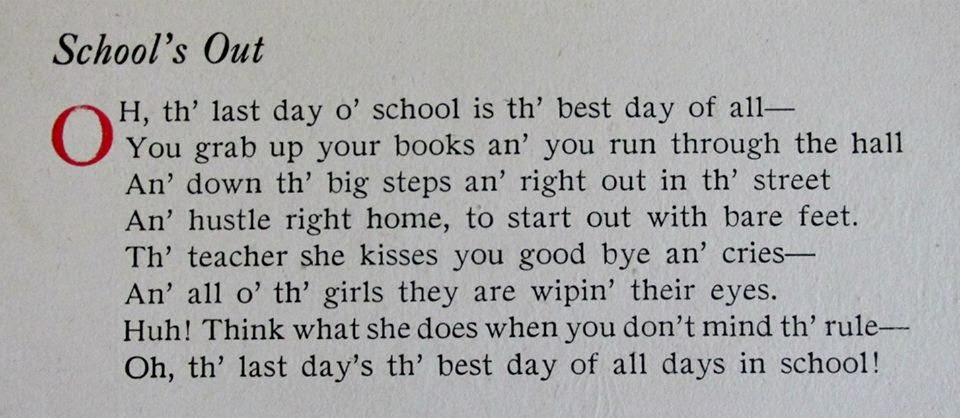The very top of the page had been cut off, but you can still read the lines below.
Someone -- someone with very good penmanship -- had copied (or composed?) poems.
Here are the poems:
There is not a grand, inspiring thought,
There is not a truth by wisdom taught,
There is not a feeling pure, and high
That may not be read in a mother's eye.
There are teachings of earth and sky and air
The heavens, the glory of God declare
But louder than voice, beneath, above
He is heard to speak through a mother's love.
We may write our names in albums
We may trace them on the sand,
We may chisel them in marble
With a firm and skillful hand.
But, my friend, there is an album
Full of leaves of snowy white
Where no name is ever tarnished
But forever pure and bright.
In the book of Life, "God's Album"
May your name be traced with care,
And may you, my dearest friend,
Write your name forever there.
...And remember when you're tired and weary
And long to be at home,
That God in all his goodness
Knows what is best for you and me;
And who on earth do heavy crosses bear,
In heaven all bright with beauty
The brightest crown shall wear.
Choose not your friends from outward show,
The feather floats, but the pearl lies low.
Life is a sea, where storms must rise;
'Tis folly talks of cloudless skies;
He who contracts his swelling sail
Eludes the fury of the gale.
Friendship, like an evergreen
Will brave the inclement blast,
And still retain the bloom of spring
When summer days are past;
And though the wintry sky may lower,
And dim the cheerful day,
She still perceives a vital power,
Unconscious of decay.


















































